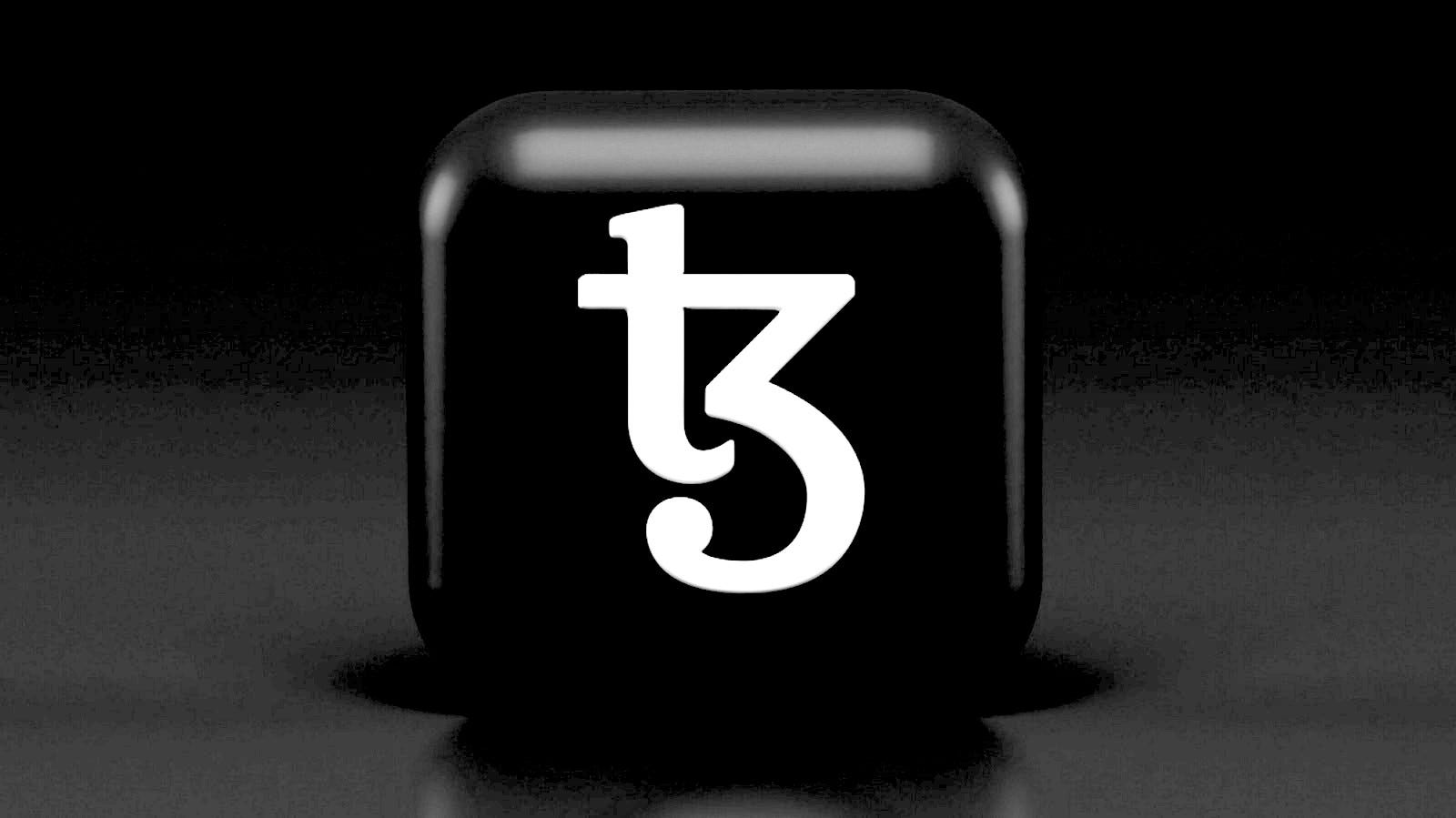Guest writer: PayUsNoMind
Content series: Music NFT Adoption
Growth is a critical aspect of every industry, and music NFTs are no different. As most onboarding efforts attract more artists into the NFT space, I wondered, “with all these sellers, who’s buying?” This question led me to analyzing how music NFT marketplaces grow collector bases.
For the market for music NFTs to truly grow, marketplaces must do more than look for artists to bring their fans. They must give fans a reason to collect.
Additionally, NFT collecting comes with tons of friction, from installing browser extensions to purchasing new cryptocurrencies. The process of buying an NFT shouldn’t make consumers feel like contestants on American Gladiators. Marketplaces shouldn’t make it difficult for consumers to give them their money.
Purchasing should be a simple and easy process.
In this Music NFT Adoption series, we’ll analyze music NFT platforms and marketplaces to see how they handle various issues, including buyer friction and transaction costs.
The goal is to identify the best places for artists to bring their fans into the world of Web3 and music NFTs.
The OneOf Platform
OneOf is a music NFT platform started by music legend Quincy Jones.
Unlike other music NFT platforms that sell a tokenized song — cover art and audio file, OneOf sells one-of-a-kind collectibles.
One example is an NFT collection from recording artist Masego. Masego collaborated with visual artist Voidz to create NFTs to celebrate the fifth anniversary of his hit song, “Tadow.” The collectibles are effectively a commemoration of a moment in time and presented on OneOf as something unique that, as a fan, you’d value.
These are the types of NFTs you’ll frequently find on OneOf — unique digital items with special meanings. There’s also an NFT of an unreleased Whitney Houston demo she recorded when she was 17.
That NFT sold for nearly $1,000,000.
Secondary Market
A key component NFTs have over all other ways to sell digital products is the buyer’s ability to resell.
And although OneOf provides the ability to resell NFTs on its platform, the current secondary market is far from ideal. Here are five problems I see with OneOf’s secondary market.
5 Problems with OneOf’s Secondary Market:
- There is no floor price (lowest ask price) for collections. Collectors can’t see the minimum price items in a collection are reselling at. As a result, collectors can’t get an idea of the value.
- Collectors can’t see the prices of a collection’s most recent items sold on the secondary market.
- The platform does not display the number of items from a collection that have sold within a particular time frame.
- There is zero pricing assistance or insight. Collectors cannot know if a healthy secondary market exists for the NFTs they purchase.
- There is no auction functionality which means the market cannot decide the value of an NFT.
Chain and Utility

Because OneOf is built on the energy-efficient Tezos blockchain, the platform can remove economic barriers to participation by offering artists and collectors low transaction fees for minting and purchasing.
However, the Tezos blockchain currently has less development than other chains. This means Tezos-based NFTs are likely to have less utility.
For example, NFTs issued on Ethereum can be used to token gate content. Think of this as placing content behind a paywall, and the only way to unlock the content is to hold the appropriate NFT in your wallet. The NFT effectively serves as an access pass.
There’s no way to do this using a Tezos wallet, thereby limiting the potential utility of OneOf NFTs.
Although, OneOf does allow for “vaulted content” (their version of token gated utility) on their platform. But the trouble is that access to this content is centralized around OneOf accounts and not Tezos wallets.
This means withdrawing an NFT from OneOf also means losing access to any “vaulted content.” The only way to regain access to the content is by depositing the NFT back onto the platform. Ultimately, this restricts the ability of artists to independently reward their collectors.
OneOf NFTs mean little outside of an OneOf account.

